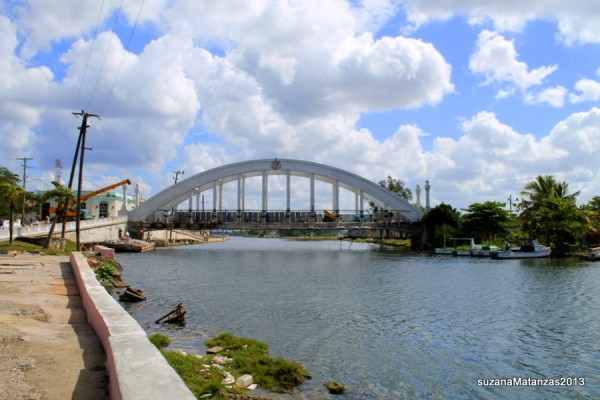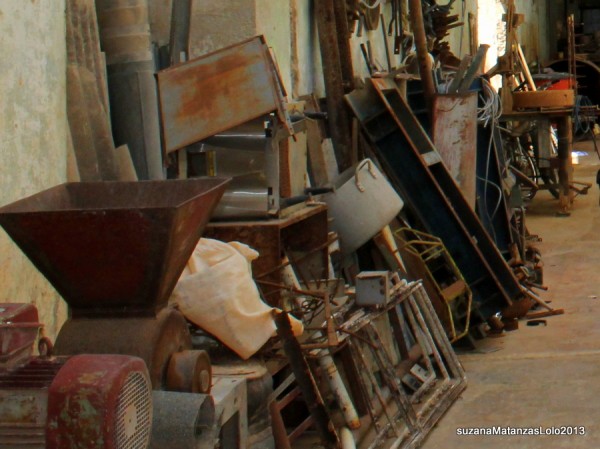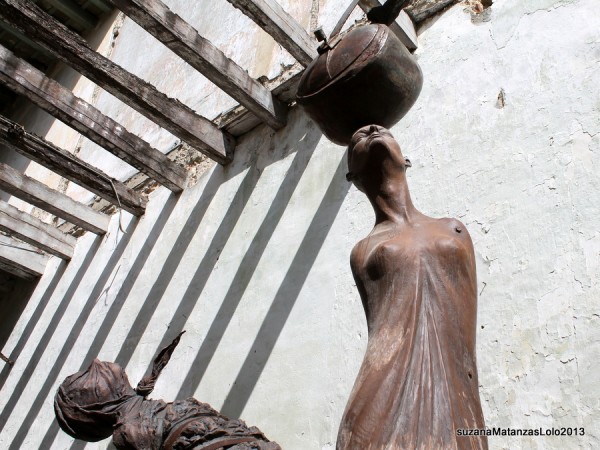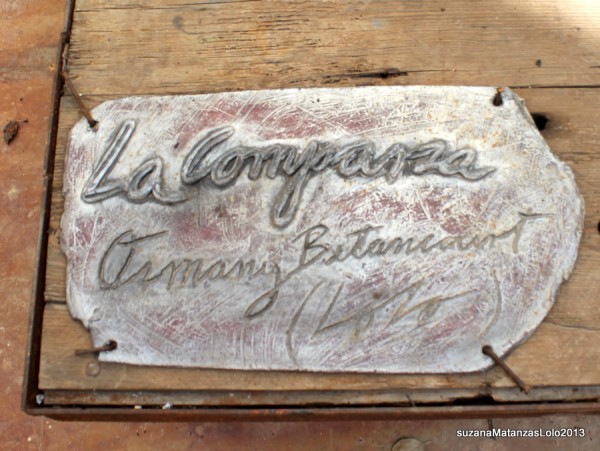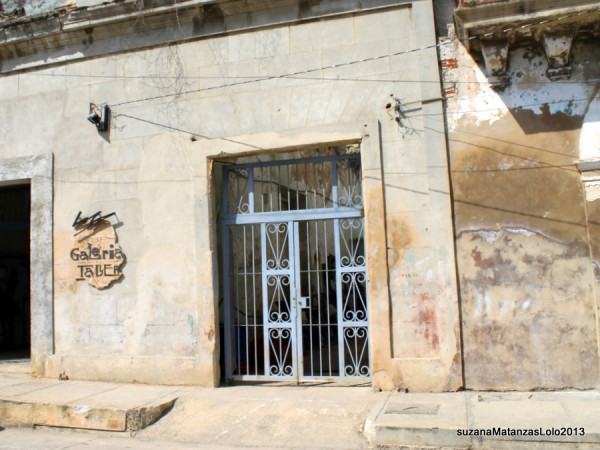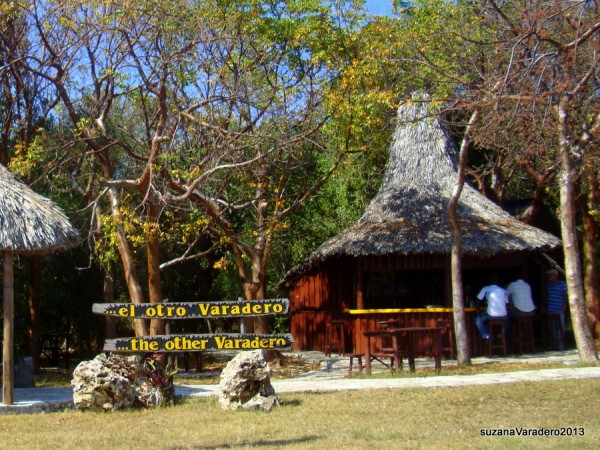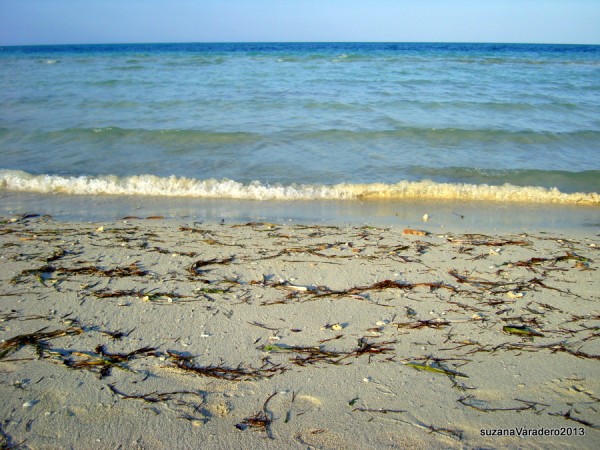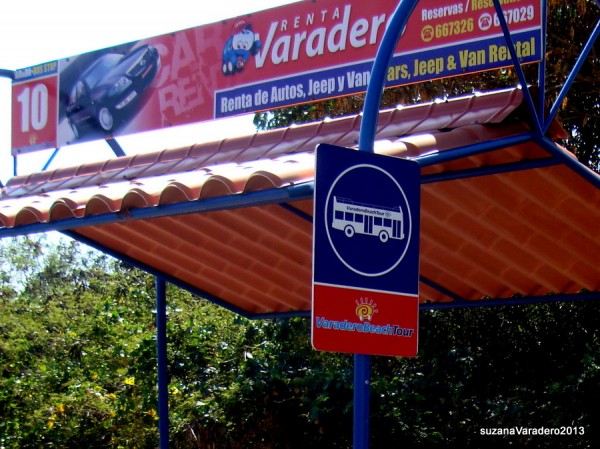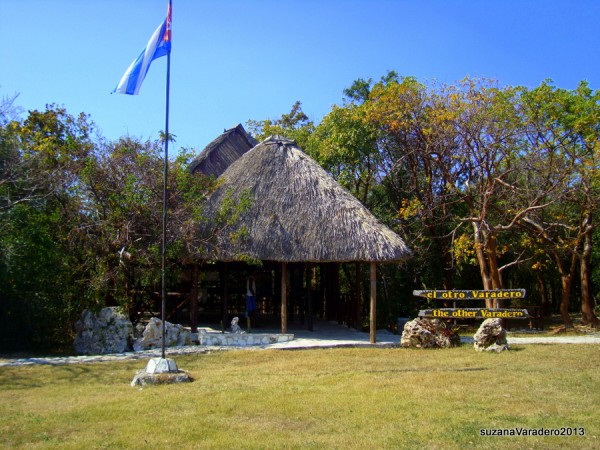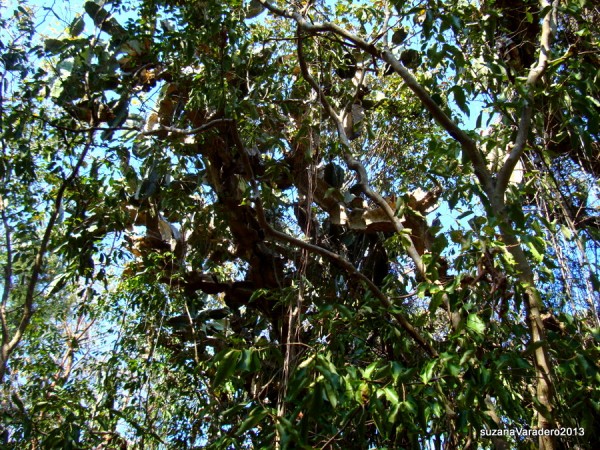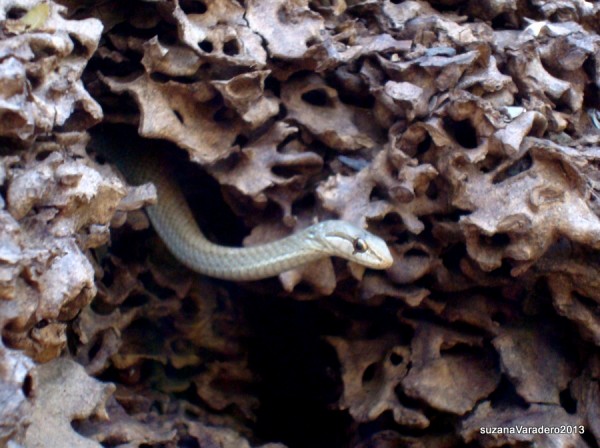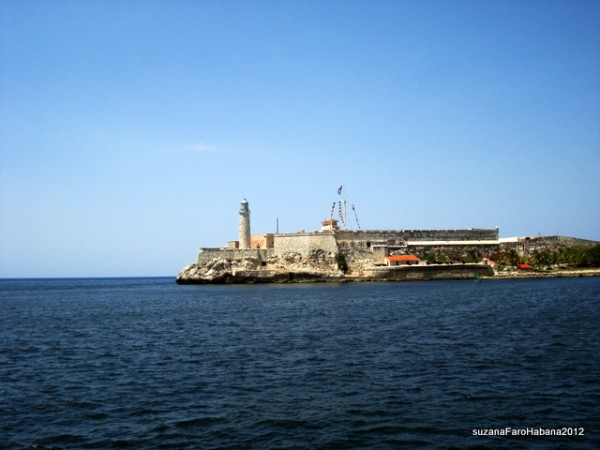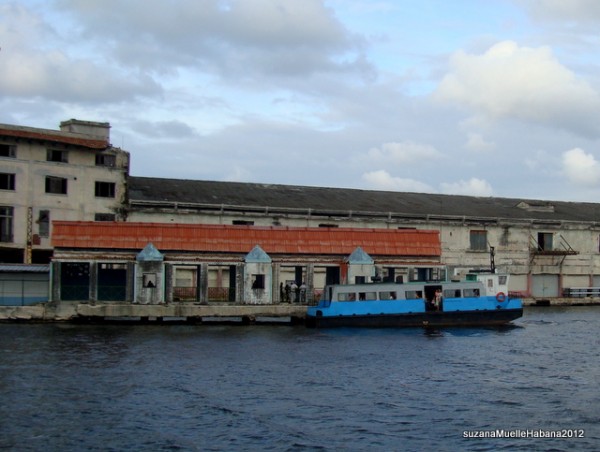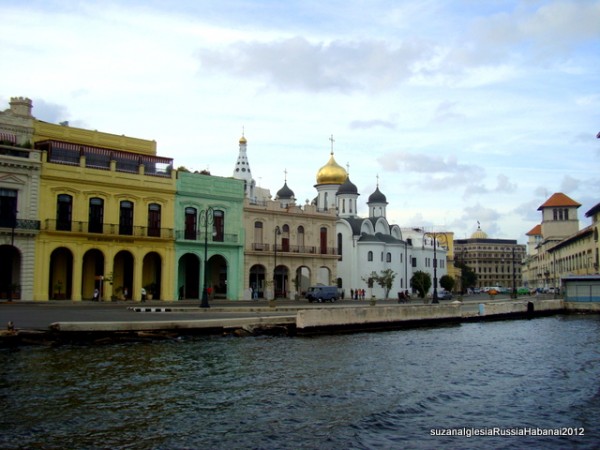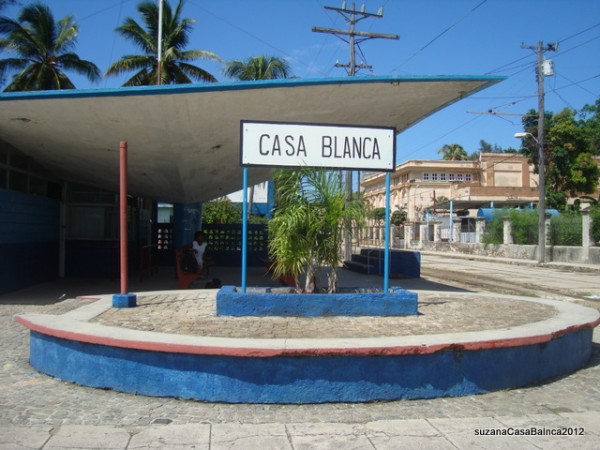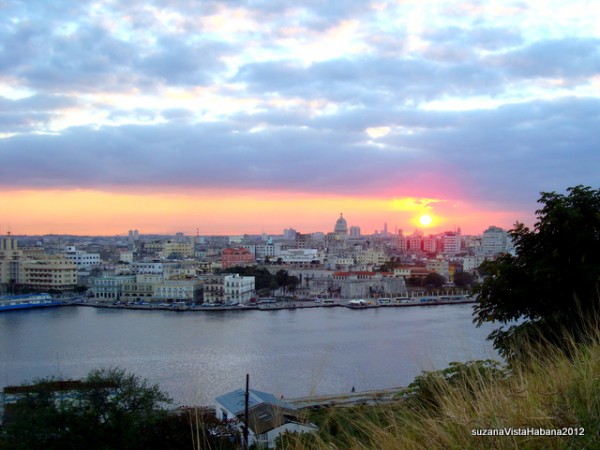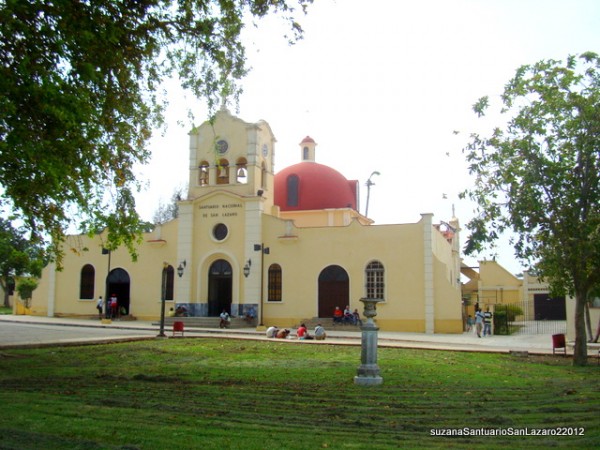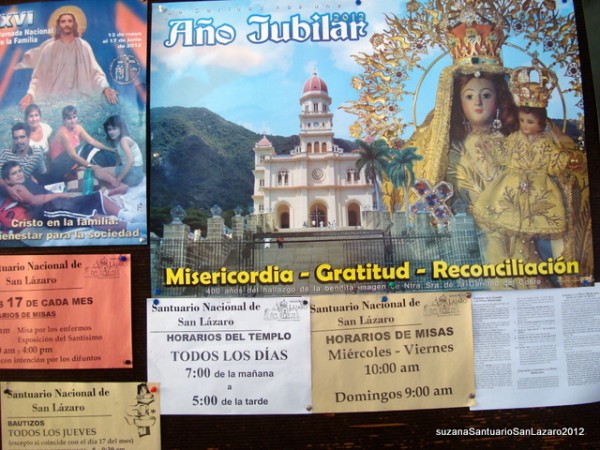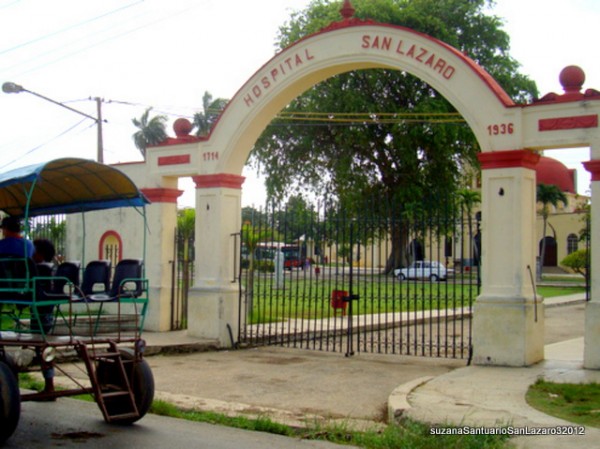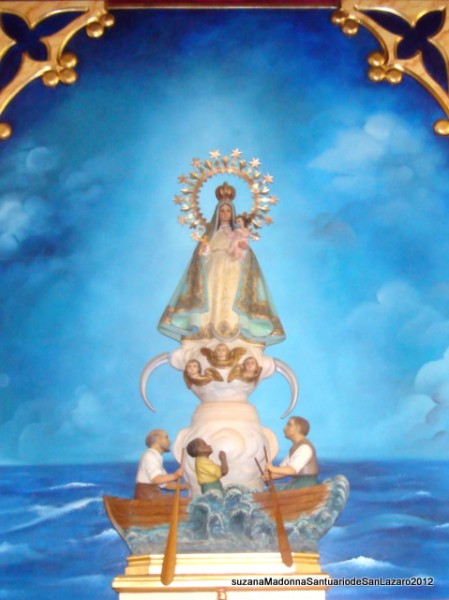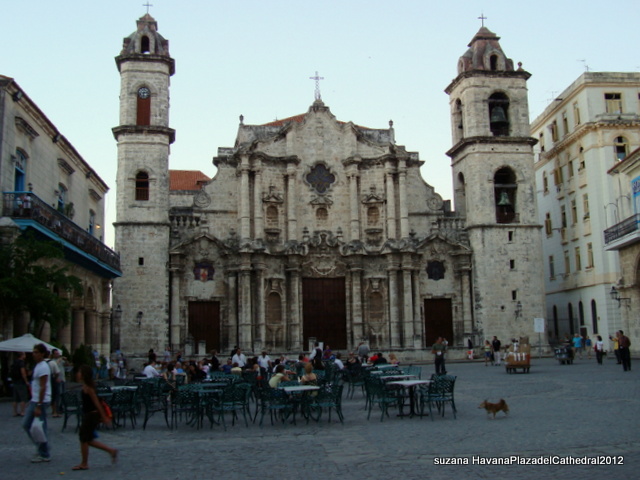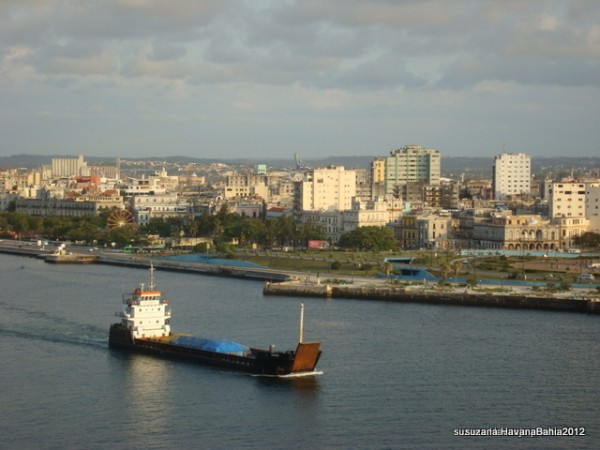Food and other commodities can be hard to come by in Cuba but Art is abundant and gives us all hope!
We recently visited a well know artist’s studio in Matanzas. Cuba’s sculptor “Lolo” or Osmany Betancourt Falcón is one of Cuba’s flourishing artists.He is a local to Matanzas and his studio can be found on Calle 97 known as Narvaez facing onto the San Juan river.
He was busy at work when we arrived, up a step ladder on a huge piece supported by various pieces of wooden scaffolding and ropes. In the back ground a radio played some lively tunes and one of his colleagues with whom he shares his studio was working on some glazes. We wandered around admiring various pieces and looking at his array of tools and machinery for moving large works.
We chatted to Lolo when he took a short break to wash the rich red clay off his hands, and we asked him about his studio and his wonderful creations! Materials can be hard to come by in Cuba and so artists tend to work with what is easily available locally. Lolo likes to works in clay, and it is sourced from Pinar del Rio the neighbouring province. Then he likes to casts his pieces in Bronze and wood is another favourite material he incorporates.
For the piece he’s working on now, he plans to send it to the US to be cast in bronze.
Asking Lolo where we could see his works, he told us there was one in the Ceramic Museum in Havana. This is a small museum is on Calle los Mercaderes just off Plaza Vieja, entry is free and it’s well worth a visit!
Lolo has had some recent fame winning first prize in Matanzas, in the 11th Summer Exhibition 2011 with a piece entitled “Sargento” an installation in enamelled ceramic, metal and wood.
He has won other prizes in the Bianual Amelia Peláez Ceramic Competition and in the Roberto Diago Salón. He has also had pieces of work on show in Canada, Holland and Germany.
The government actively supports “the Arts” and over the last 53 years of revolution, Cubans artist have enjoyed support and opportunities that others have been denied. Art of all types and forms is everywhere and accessible, mainly free of charge or very cheap for Cubans. Tourists pay a lot more. Artists have an almost free expression in music, dance, sculpture, and painting, the resulting works interpreted by the viewer.
Art schools are over subscribed and its a career that the younger generation are drawn to. The arts attract tourists and sales to tourists bring extra cash bonuses. If you are talented and produce popular works you might get a chance to travel with a show or get a contract to perform abroad. The young have a thirst to see the world beyond Cubas shores!
Why not book a holiday in Cuba this year?
The Castro days are numbered and change will steamroll this fragile and unique island.
Cuban Snapshot 7 days https://encompasstours.com/tours/a-cuban-snapshot-7-days/
Mi Cubita 14 days https://encompasstours.com/tours/mi-cubita-cuba14-days/


